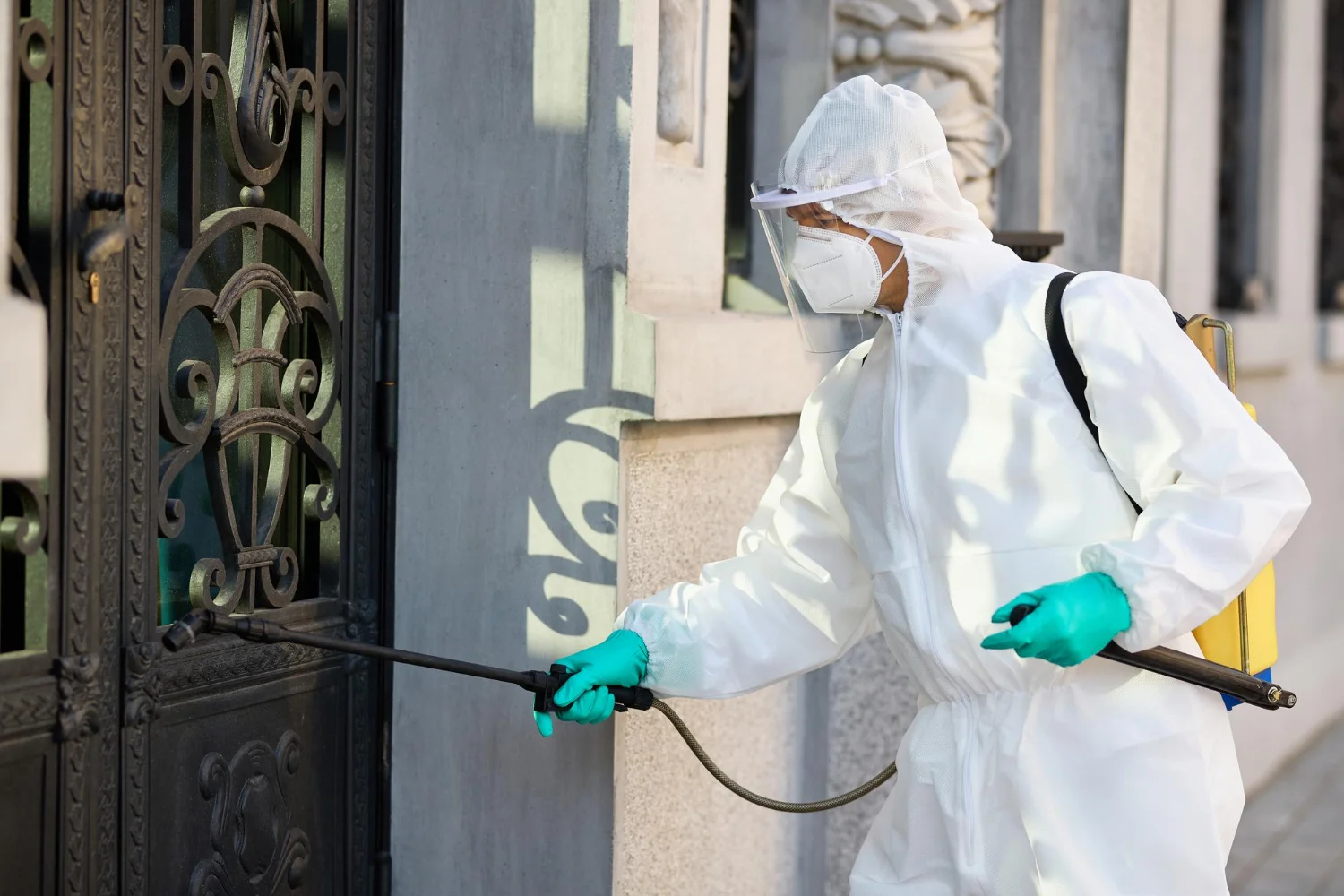Property ownership in Rockhampton comes with unique environmental and structural considerations. From severe storms and heavy rainfall to widespread termite zones, local homes face conditions that can increase risk if not properly assessed. That’s where Insurance Building Inspections become essential.
These inspections ensure homeowners are fully prepared for potential hazards, help identify hidden damage and support insurance claims by providing documented, reliable assessments. Smart inspection methods can even reduce long-term maintenance costs and improve property value.
In this guide, you’ll discover effective and modern strategies for Insurance Building Inspections in Rockhampton—practical, user-friendly and designed to adapt to the region’s climate, building styles and insurance requirements.
Why Insurance Building Inspections Matter in Rockhampton
Rockhampton’s weather patterns, ageing homes and growing storm activity have heightened the need for thorough Insurance Building Inspections. These inspections ensure homes meet all safety, structural and compliance requirements, helping insurance companies assess risk accurately.
Key reasons why these inspections matter locally
-
Identifies structural weaknesses before they worsen
-
Helps validate insurance claims with documented evidence
-
Reduces chance of claim disputes
-
Highlights termite activity—a common Central Queensland issue
-
Ensures compliance with Queensland building codes
-
Supports homeowners in preventing unexpected repair costs
For Rockhampton homeowners, keeping up-to-date with smart Insurance Building Inspections is one of the best ways to protect long-term property value.
1. Smart Pre-Inspection Preparation
Effective preparation can significantly improve the outcome of Insurance Building Inspections. The more accessible and visible building components are, the more accurate the assessment will be.
Simple steps to prepare
-
Clear access around the home, including yard pathways
-
Move furniture away from walls if possible
-
Ensure roof void access is not obstructed
-
Provide any previous inspection records
-
Turn on all lights and ensure power is available
Good preparation allows inspectors to perform efficient and thorough inspections.
2. Understanding What Inspectors Look For
A smart approach involves understanding the main elements an inspector checks during Insurance Building Inspections. Knowing this helps homeowners identify issues before they become claims.
Key focus areas
-
Structural integrity of walls, foundations and flooring
-
Roof condition including flashing, tiles, sheeting and gutters
-
Water damage indicators, mould and moisture levels
-
Termite and pest activity
-
Electrical safety
-
Plumbing performance and leaks
-
Windows, doors and ventilation
-
Compliance with current Queensland building standards
A clear understanding of these components helps property owners stay proactive rather than reactive.
3. Use of Modern Technology in Inspections
Smart Insurance Building Inspections increasingly rely on advanced tools to identify issues that traditional inspections may miss.
Technologies commonly used
-
Thermal imaging cameras to detect moisture and hidden leaks
-
Moisture meters for wall and flooring analysis
-
Drones to inspect difficult-to-reach roofing areas
-
Digital reporting tools with photo evidence
-
Termite radar systems for non-invasive detection
These tools make inspections more accurate, providing stronger documentation for insurance purposes.
4. Importance of Regular Inspection Schedules
Like most Queensland towns, Rockhampton homes are vulnerable to storms, humidity and shifting ground. This makes regular inspection scheduling essential.
Recommended frequency
-
Annual Insurance Building Inspections
-
After any major storm event
-
Before buying or selling a property
-
Before renewing an insurance policy
Regular inspections help homeowners catch issues early and maintain full insurance compliance.
5. Common Issues Found in Rockhampton Homes
Understanding local problem areas ensures smarter decisions when preparing for Insurance Building Inspections.
Typical issues inspectors identify
-
Roof damage from storms or fallen branches
-
High moisture levels and mould due to humidity
-
Termite activity, especially in older timber homes
-
Sagging floors or weakened bearers
-
Cracks due to soil movement
-
Rusting on metal roof structures
-
Gutter blockages
-
Electrical grounding faults
Addressing these issues early makes insurance assessments smoother and prevents claim disputes.
6. Storm-Preparedness Checks for Insurance Compliance
Rockhampton experiences severe storm seasons, making storm-readiness a major focus during Insurance Building Inspections.
Storm-related inspection tasks
-
Assessing roof fastening strength
-
Checking stormwater drainage systems
-
Evaluating window and door seals
-
Reviewing gutter alignment
-
Inspecting debris build-up around the property
-
Ensuring structural anchor points are secure
Insurance companies rely heavily on these findings when determining coverage and risk.
7. Ensuring Termite Protection
Queensland is well-known for its termite-prone areas, and Rockhampton is no exception. Smart Insurance Building Inspections place strong emphasis on timber protection.
Protective measures
-
Regular termite barrier checks
-
Using treated timber
-
Keeping garden beds away from walls
-
Preventing moisture build-up around building edges
-
Installing termite monitoring systems
Proper termite management safeguards insurance eligibility and reduces expensive structural repairs.
8. Documenting and Keeping Inspection Reports
Every inspection should produce a clear, detailed report. Smart homeowners keep these records organised and accessible.
Why documentation matters
-
Proof of property condition before damage occurs
-
Helps validate future insurance claims
-
Useful for comparing changes between inspections
-
Offers transparency when selling the property
Digital reports with photos are especially helpful when dealing with insurance companies.
9. Working With Qualified Inspectors
Choosing the right inspector is crucial for accurate Insurance Building Inspections. Always work with licensed and experienced professionals.
Qualifications to look for
-
QBCC-licensed inspectors
-
Strong local knowledge of Rockhampton building issues
-
Transparent pricing
-
Digital reporting tools
-
Insurance-compliant inspection standards
A qualified inspector ensures accurate and dependable results.
10. Trusted Regulatory Information
For official building standards and insurance-related regulations, refer to:
Australian Building Codes Board – National Construction Code
https://www.abcb.gov.au
Final Insights for Rockhampton Homeowners
Smart Insurance Building Inspections are essential for protecting homes in Rockhampton. With modern tools, strong documentation and proactive maintenance, homeowners can significantly improve safety, reduce insurance risks and avoid costly repairs. Regular inspections ensure compliance with local building standards and make the insurance process smoother and more secure.



